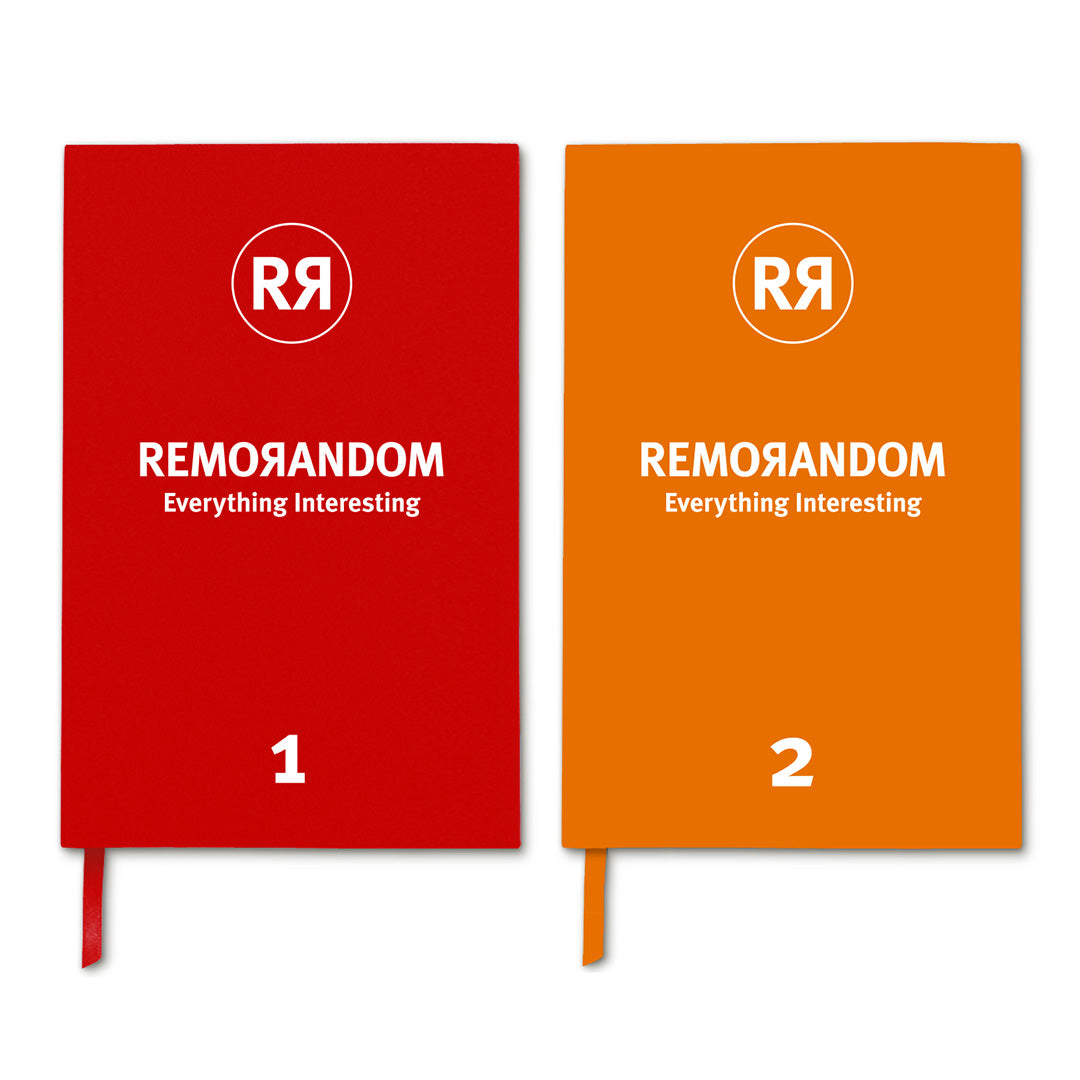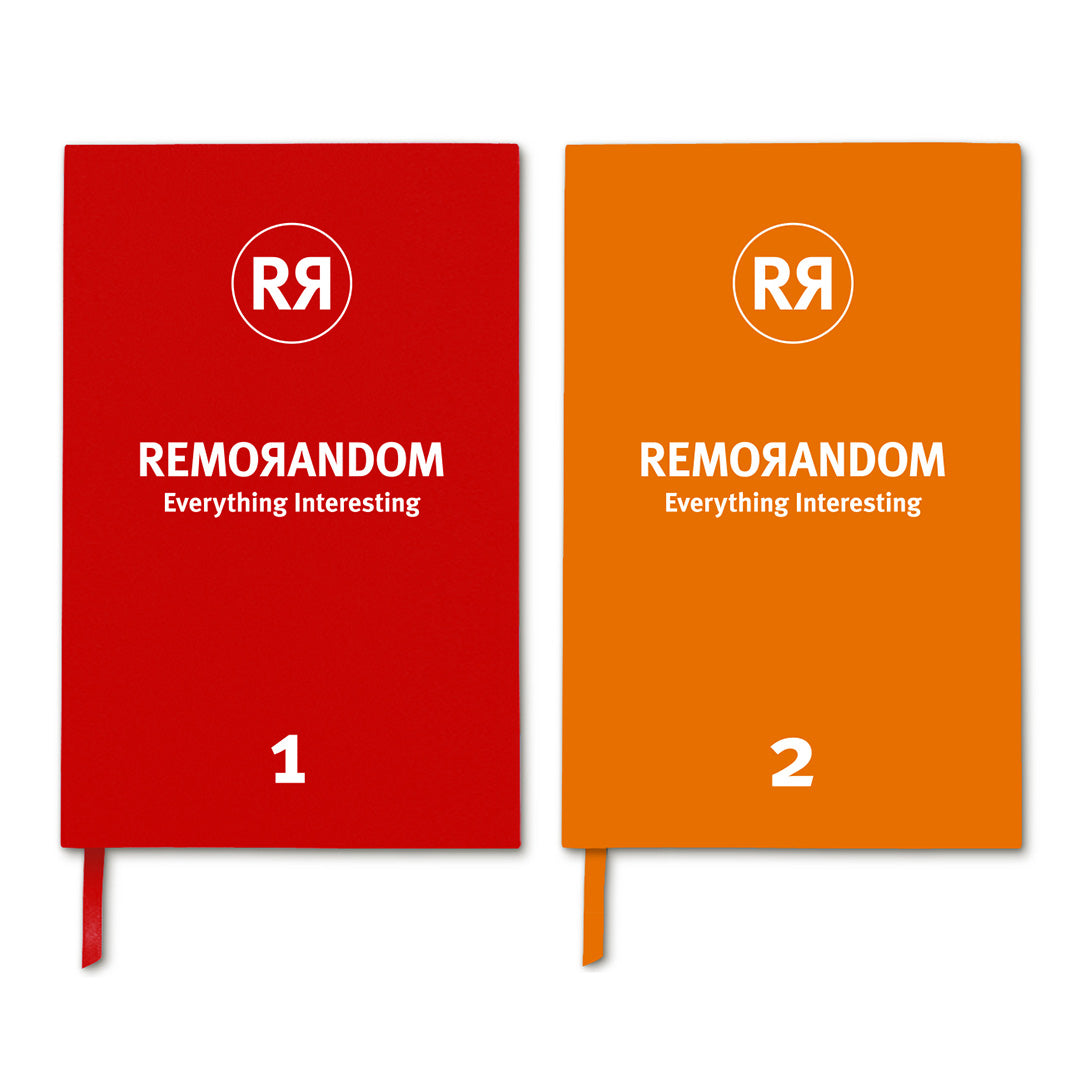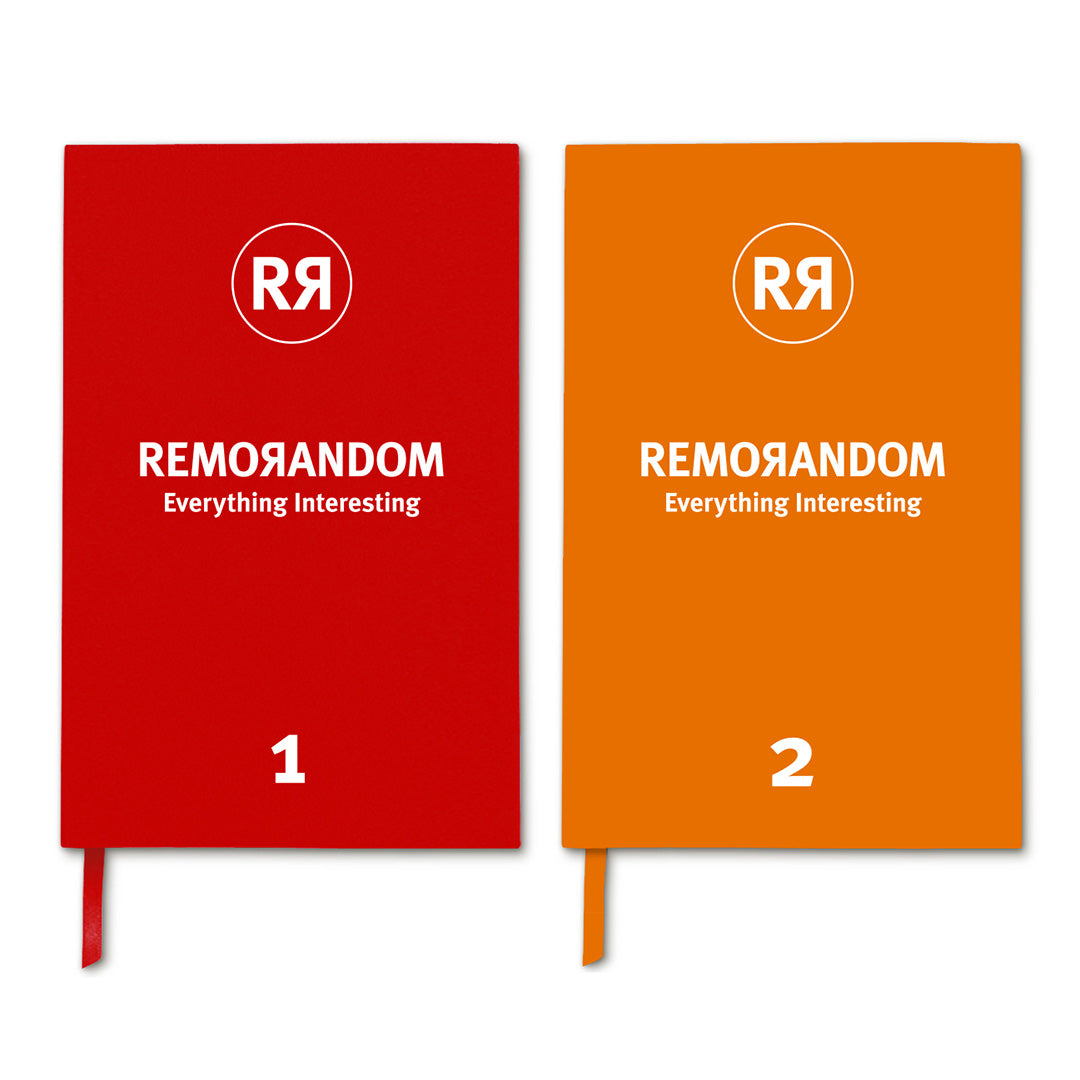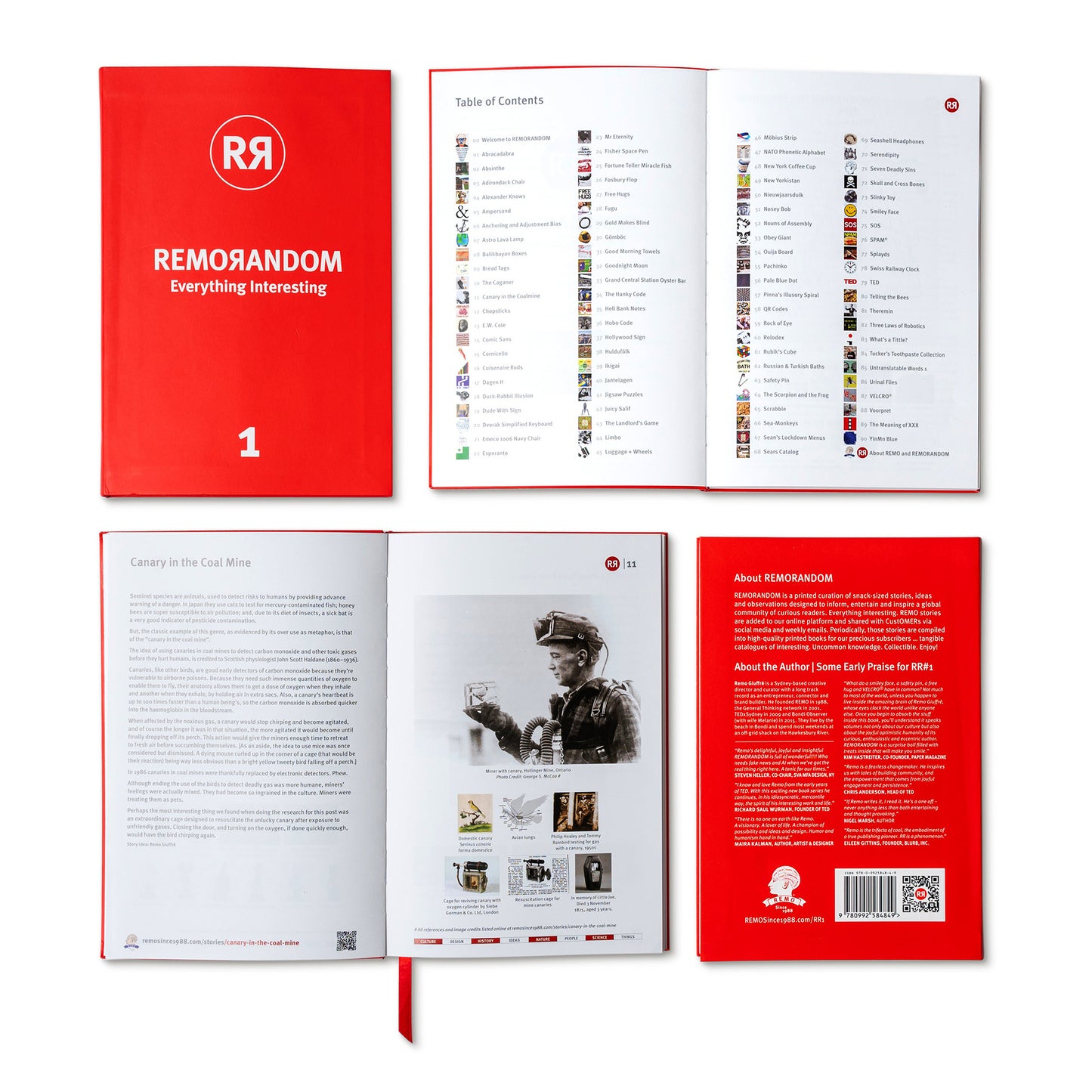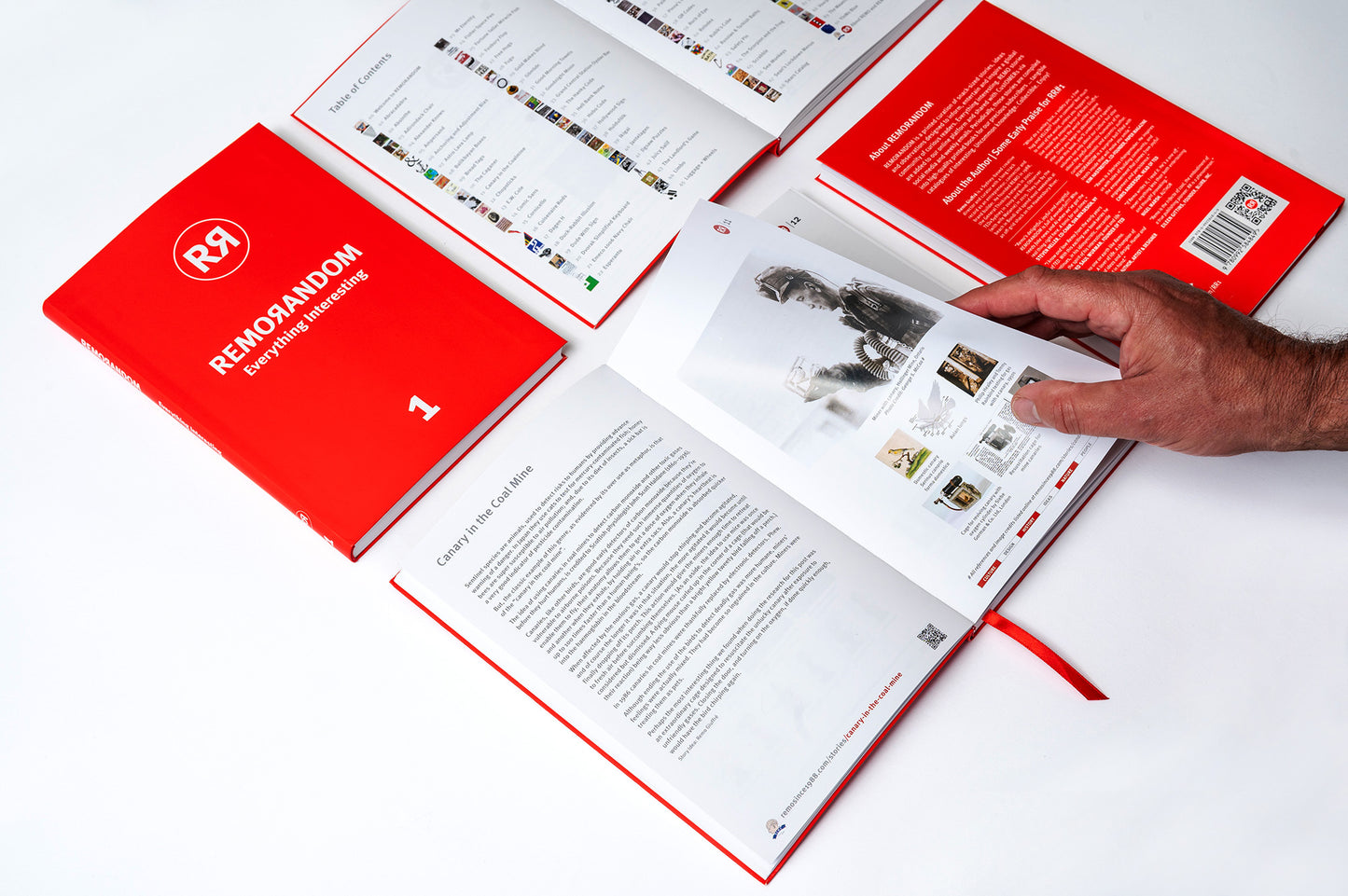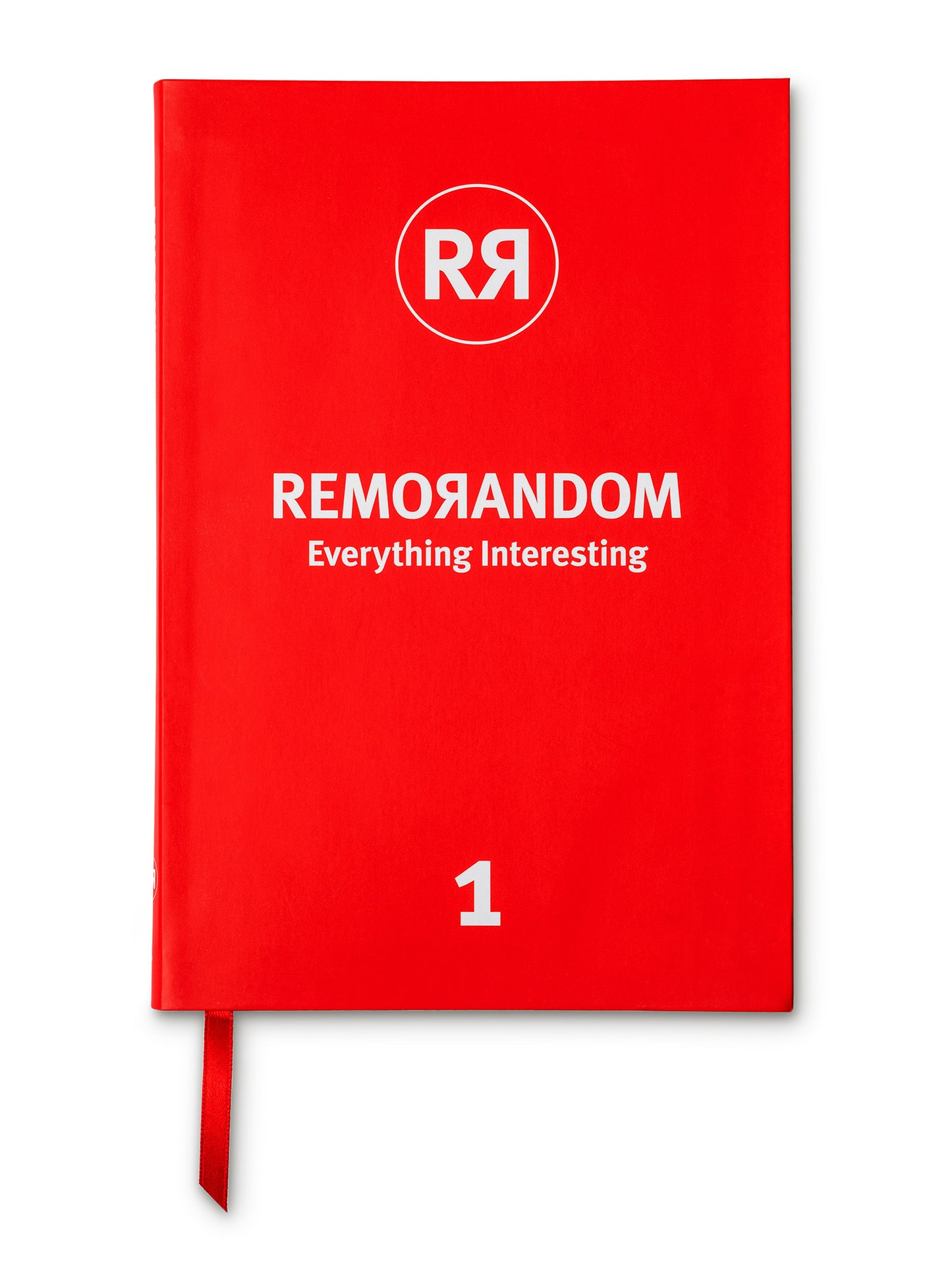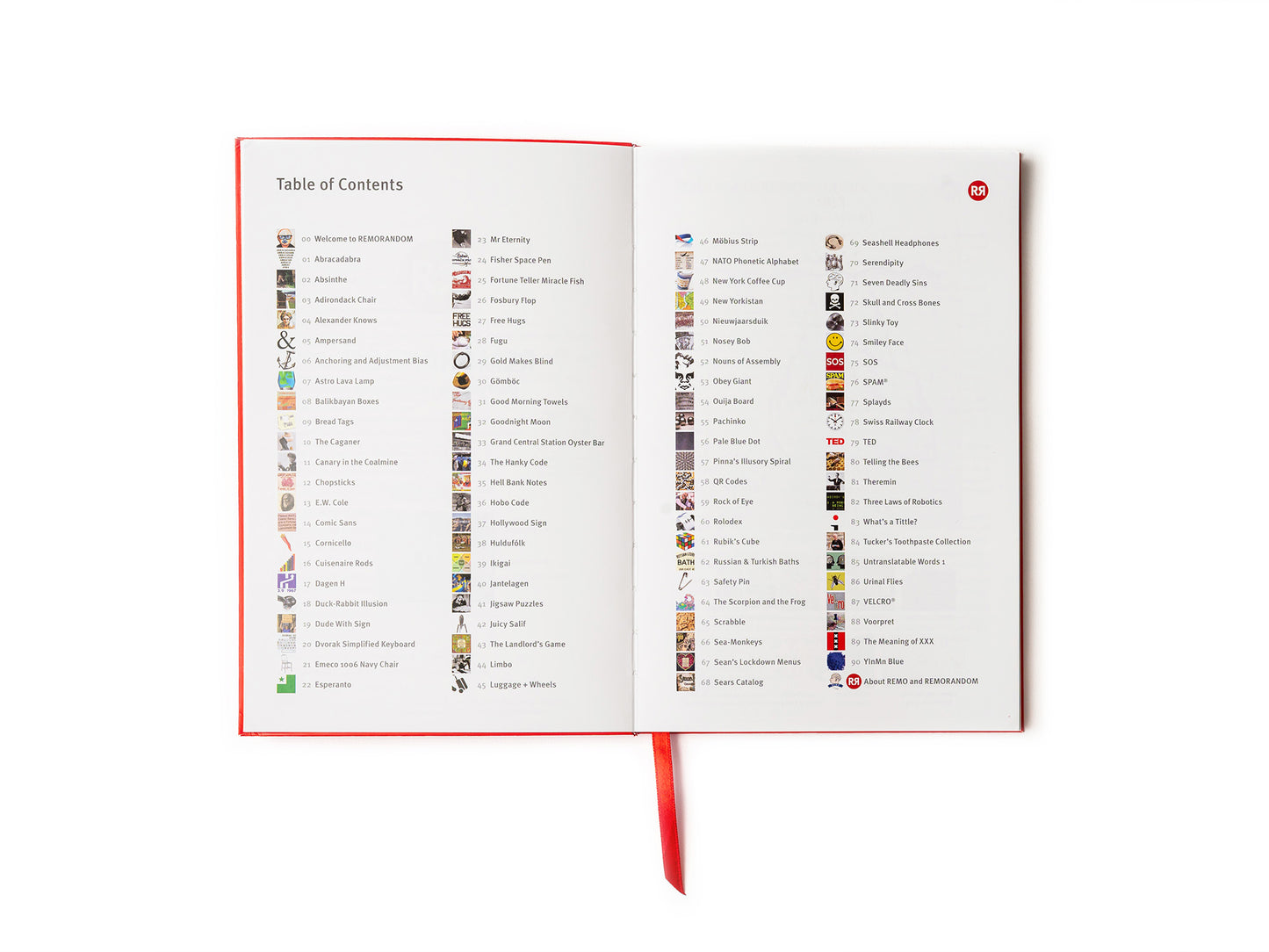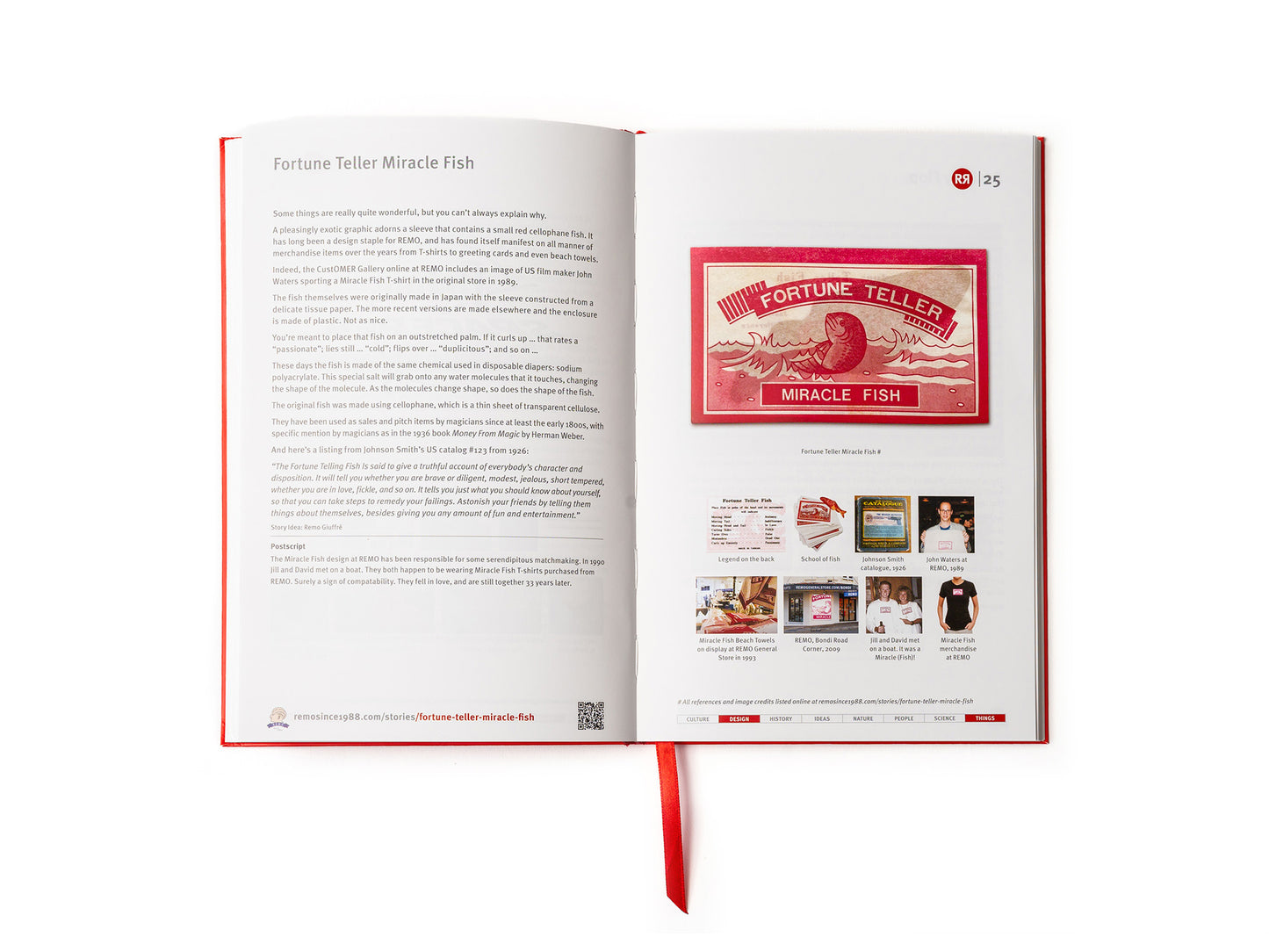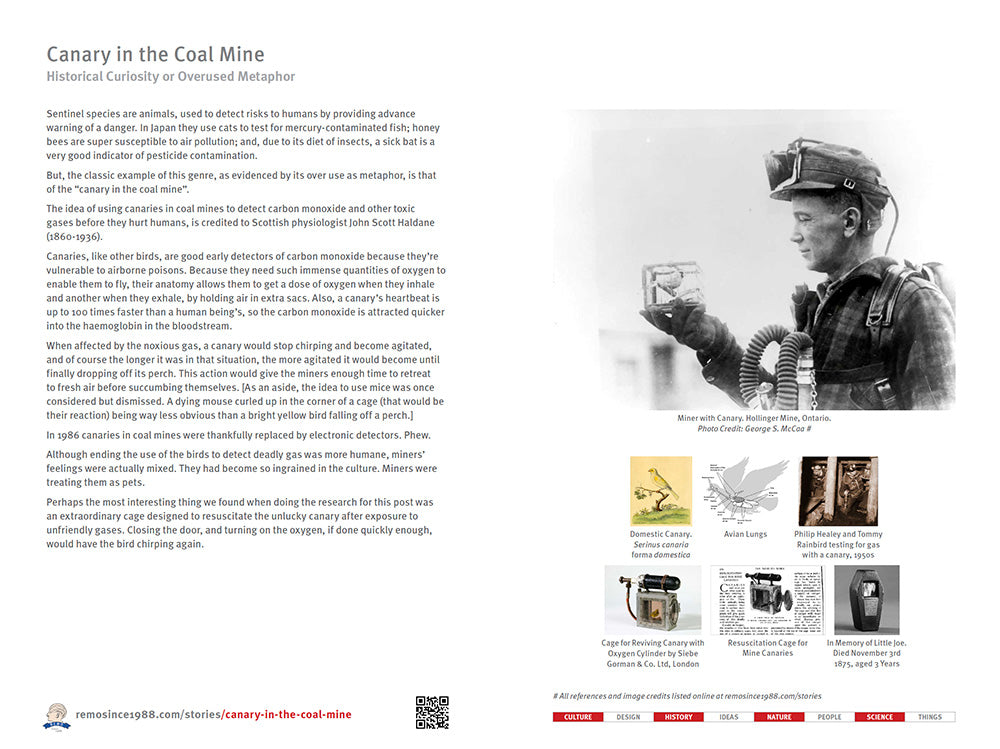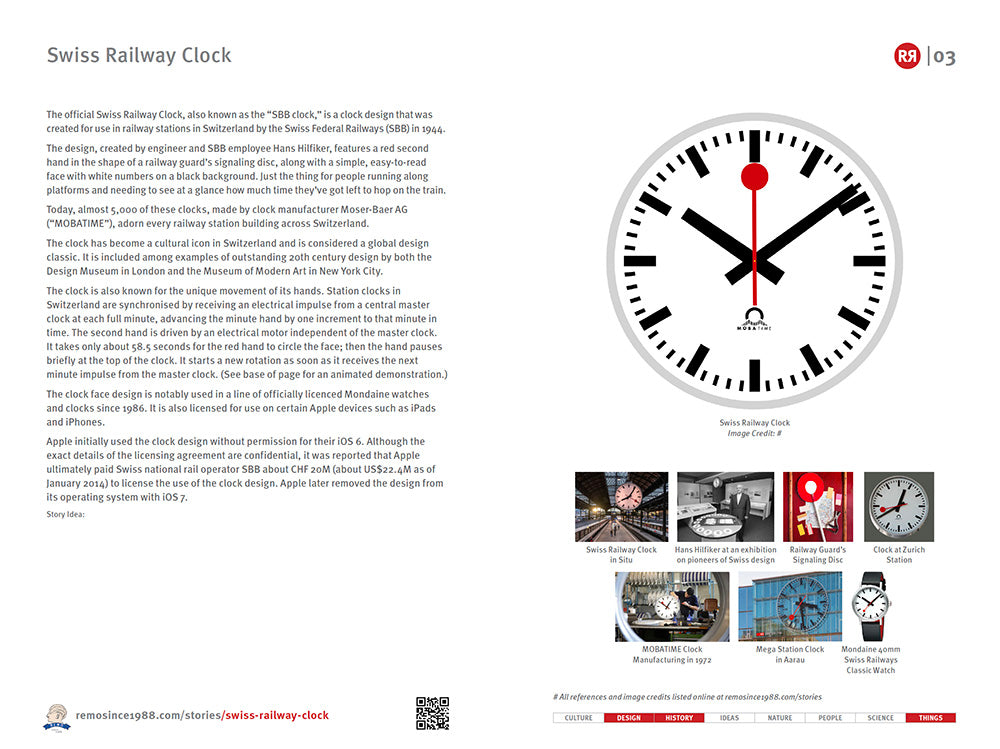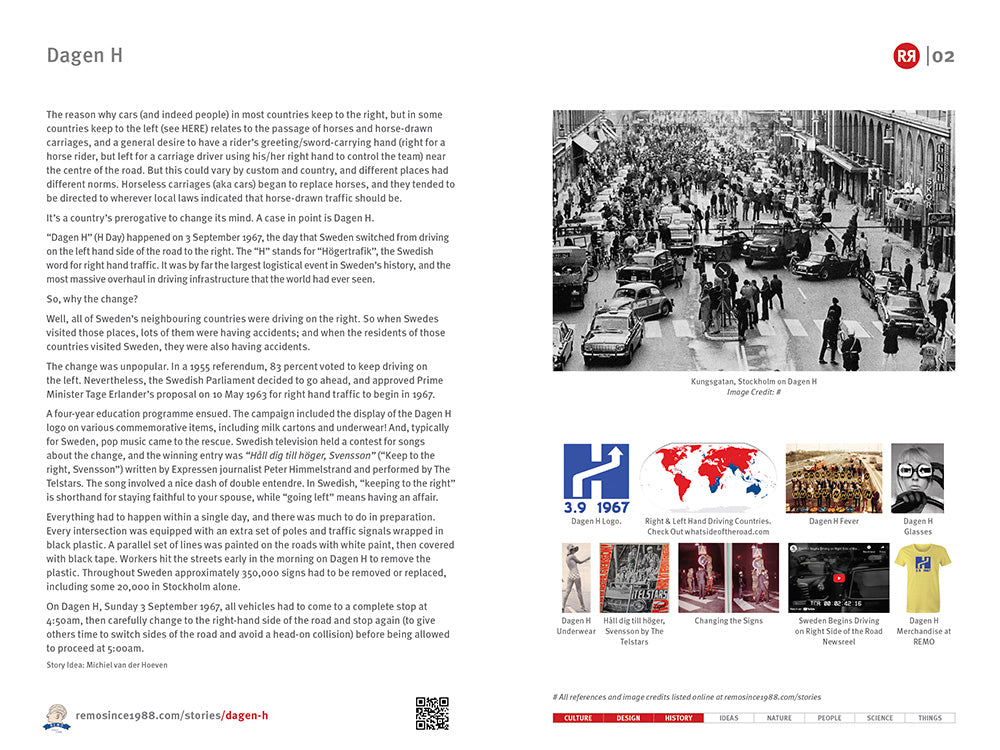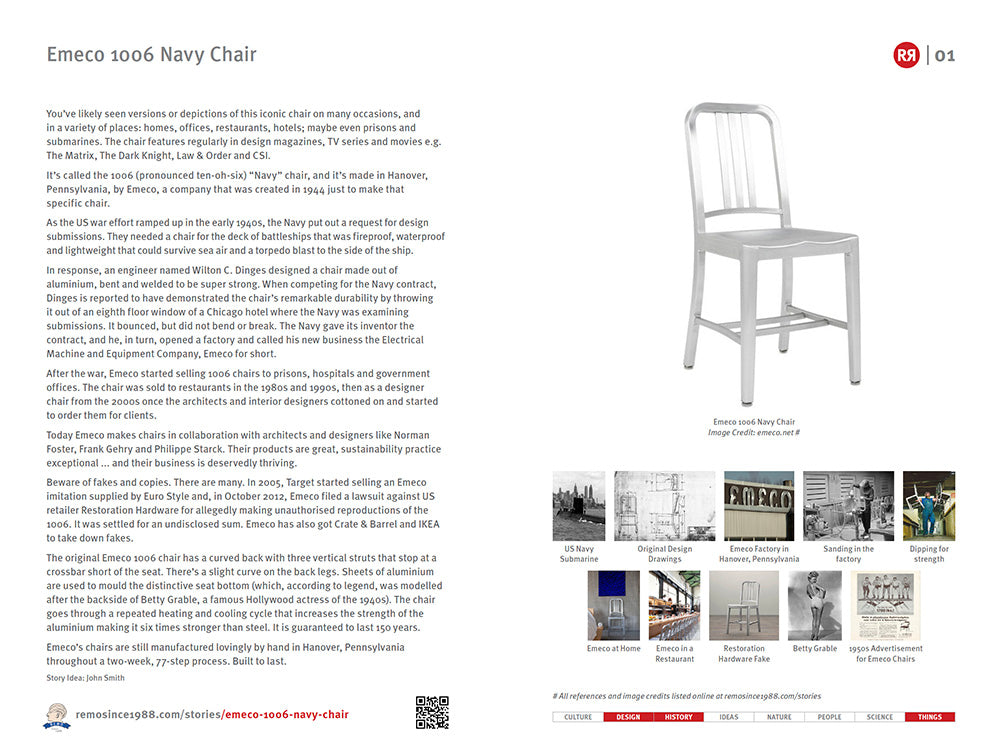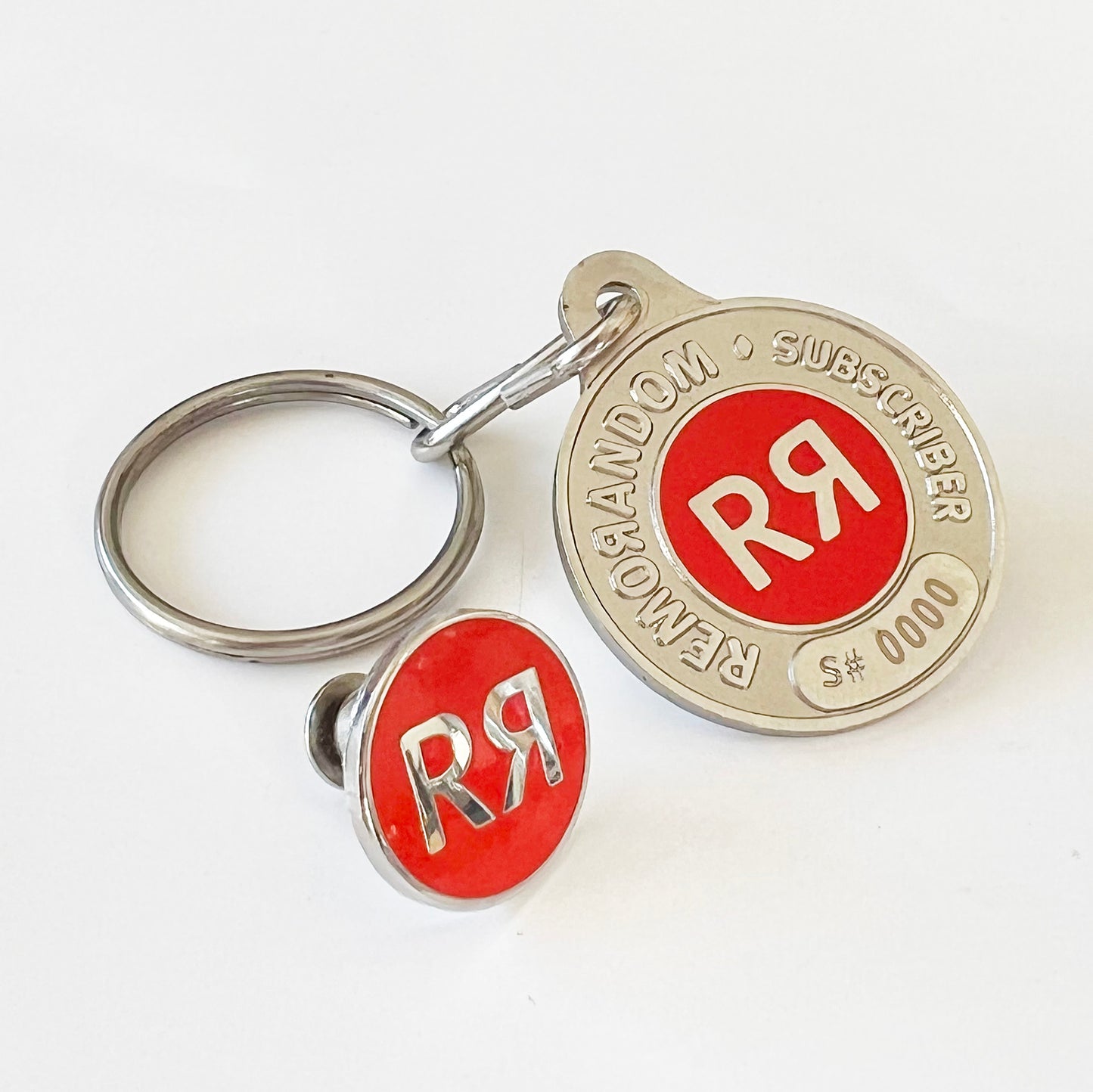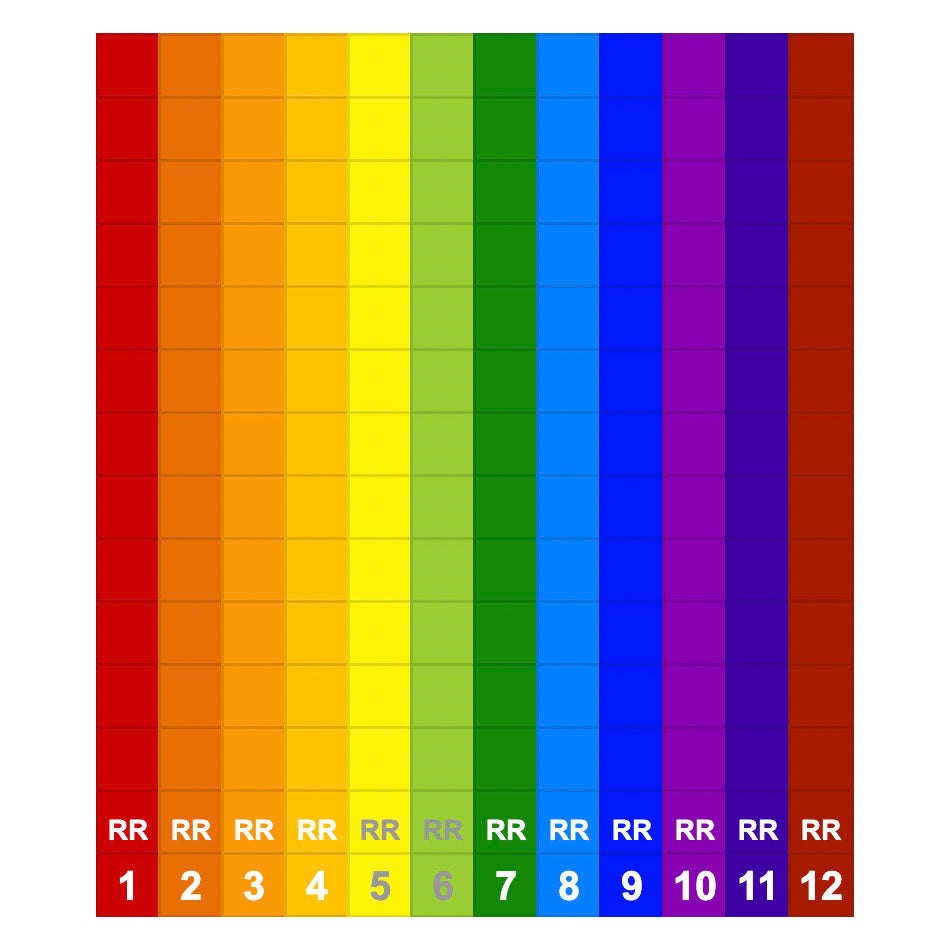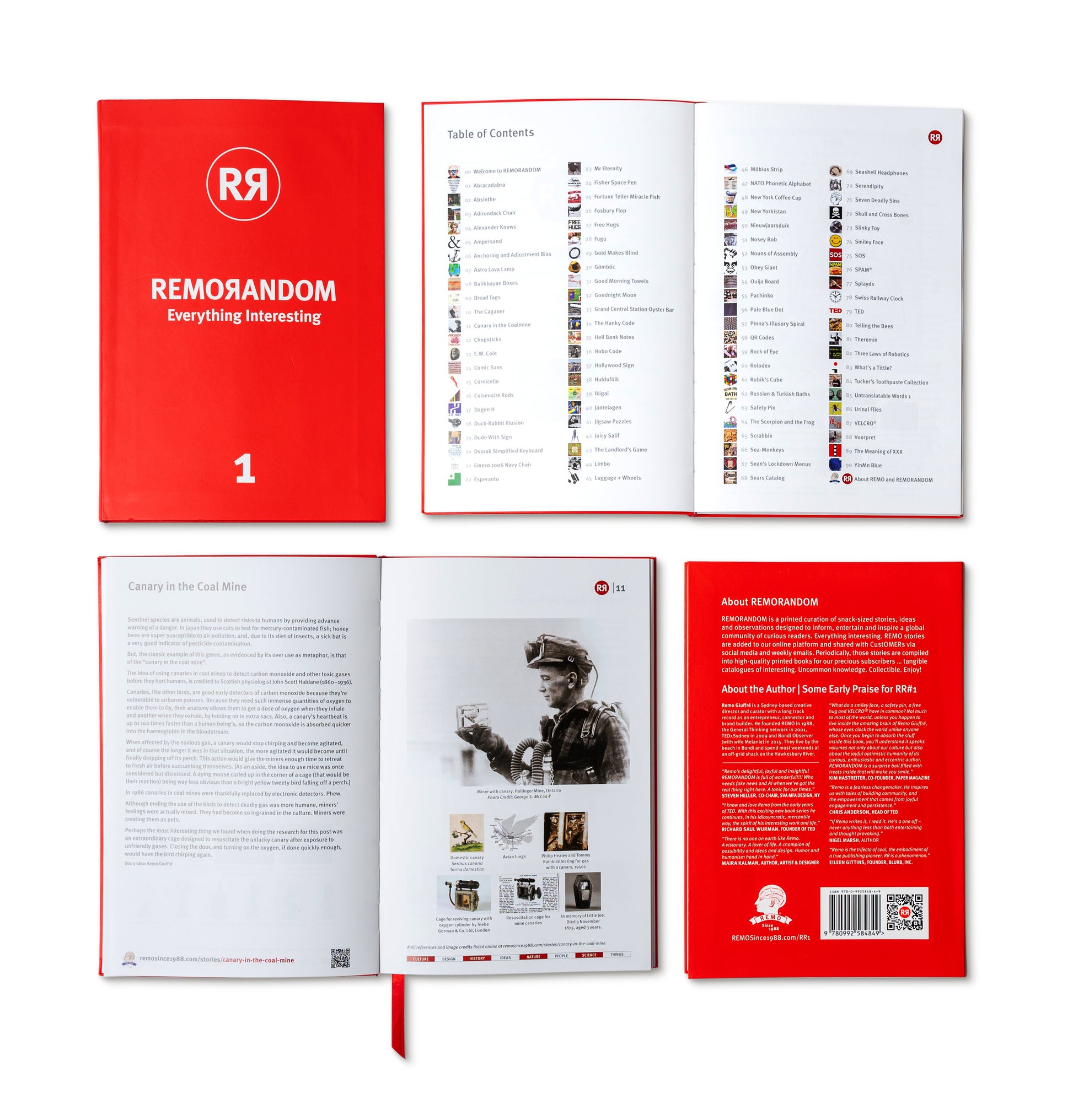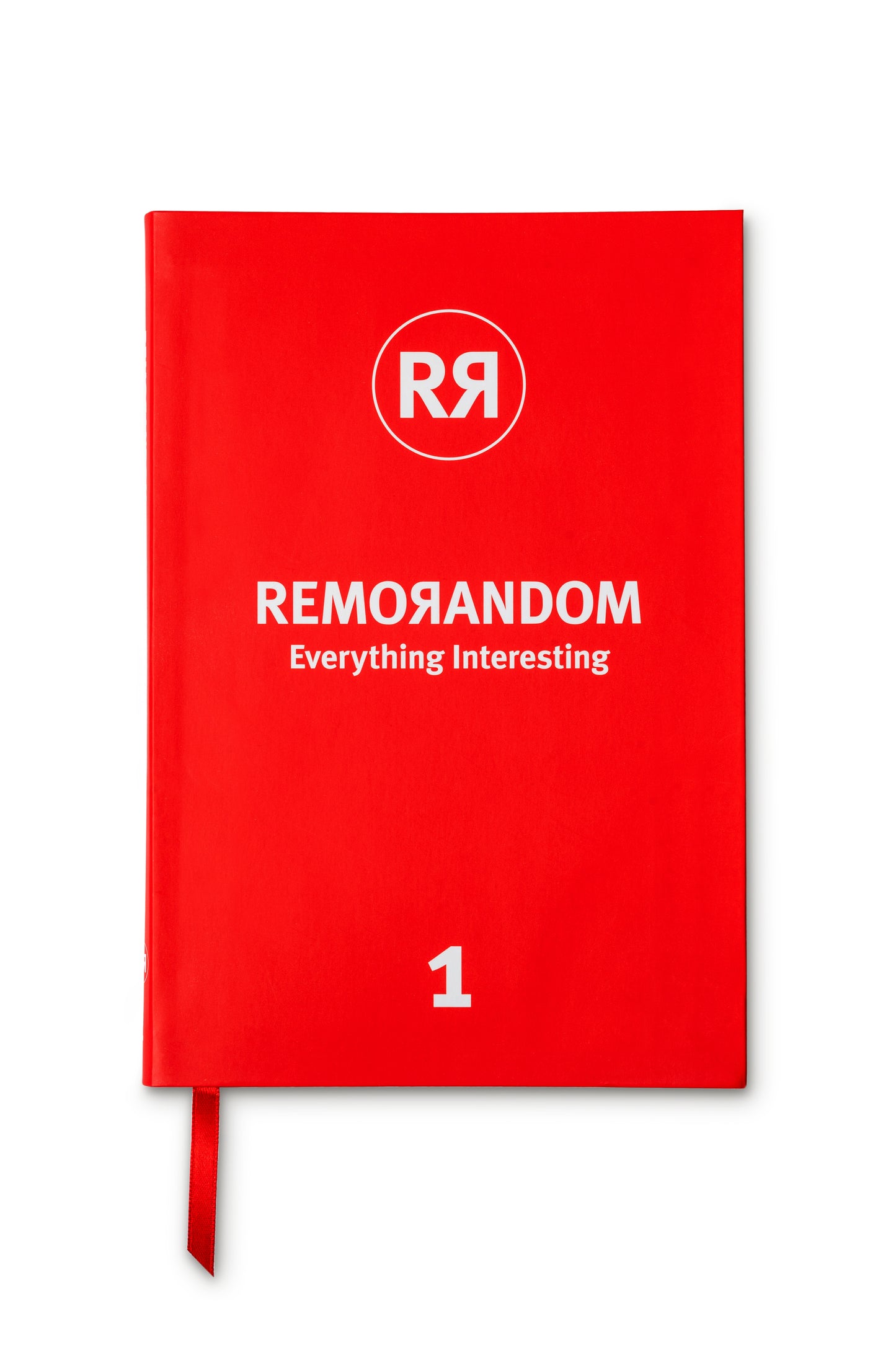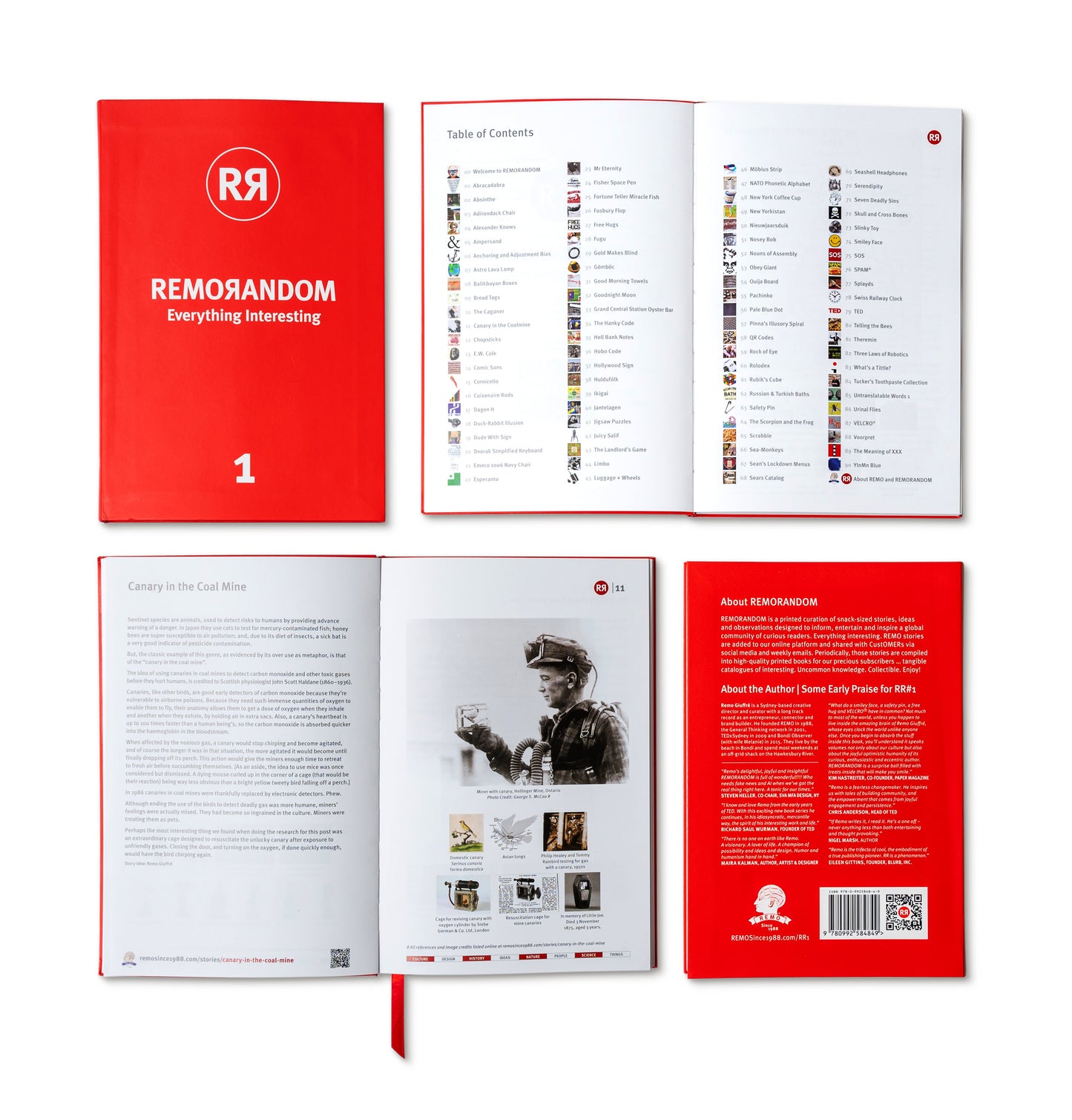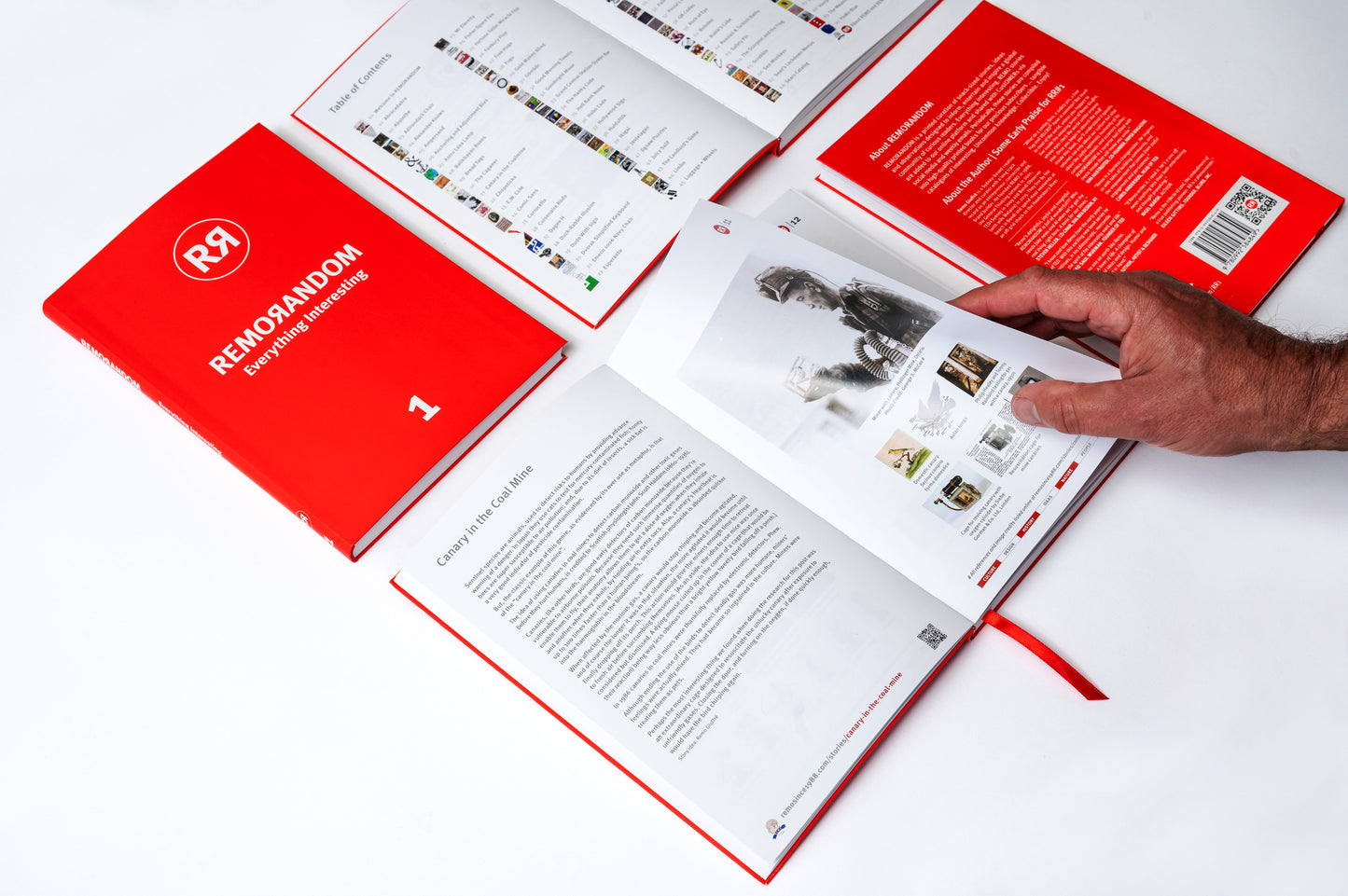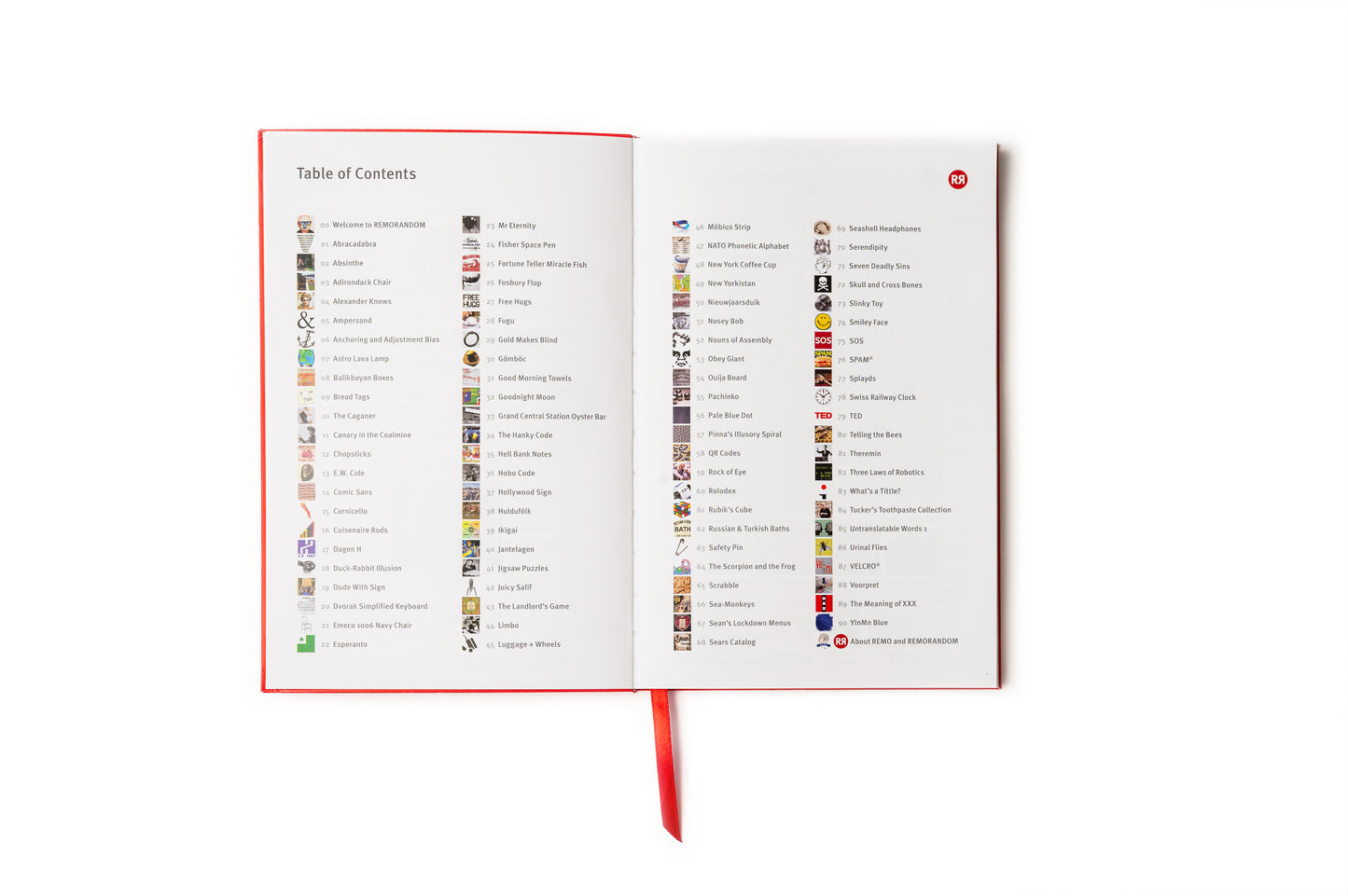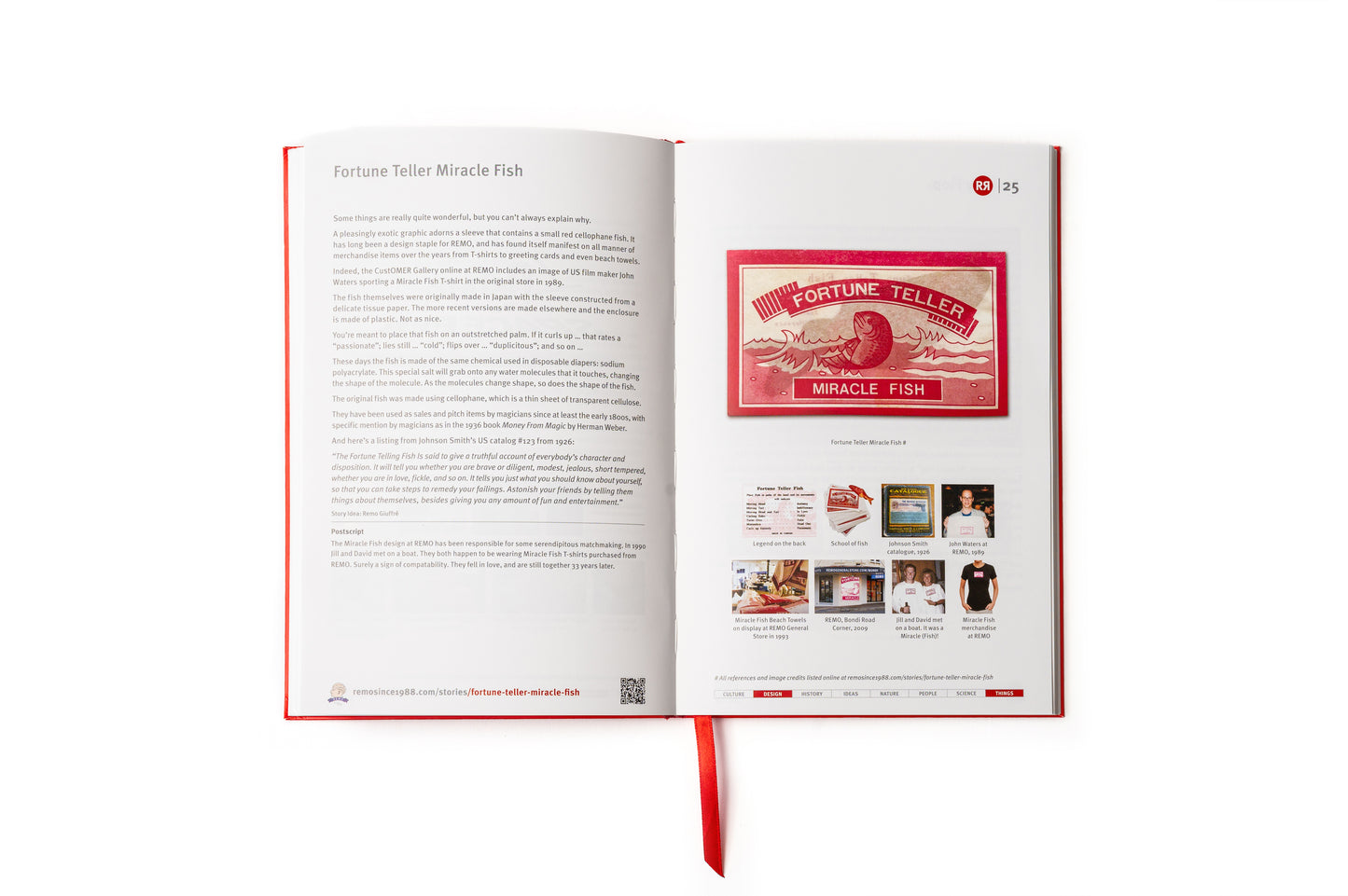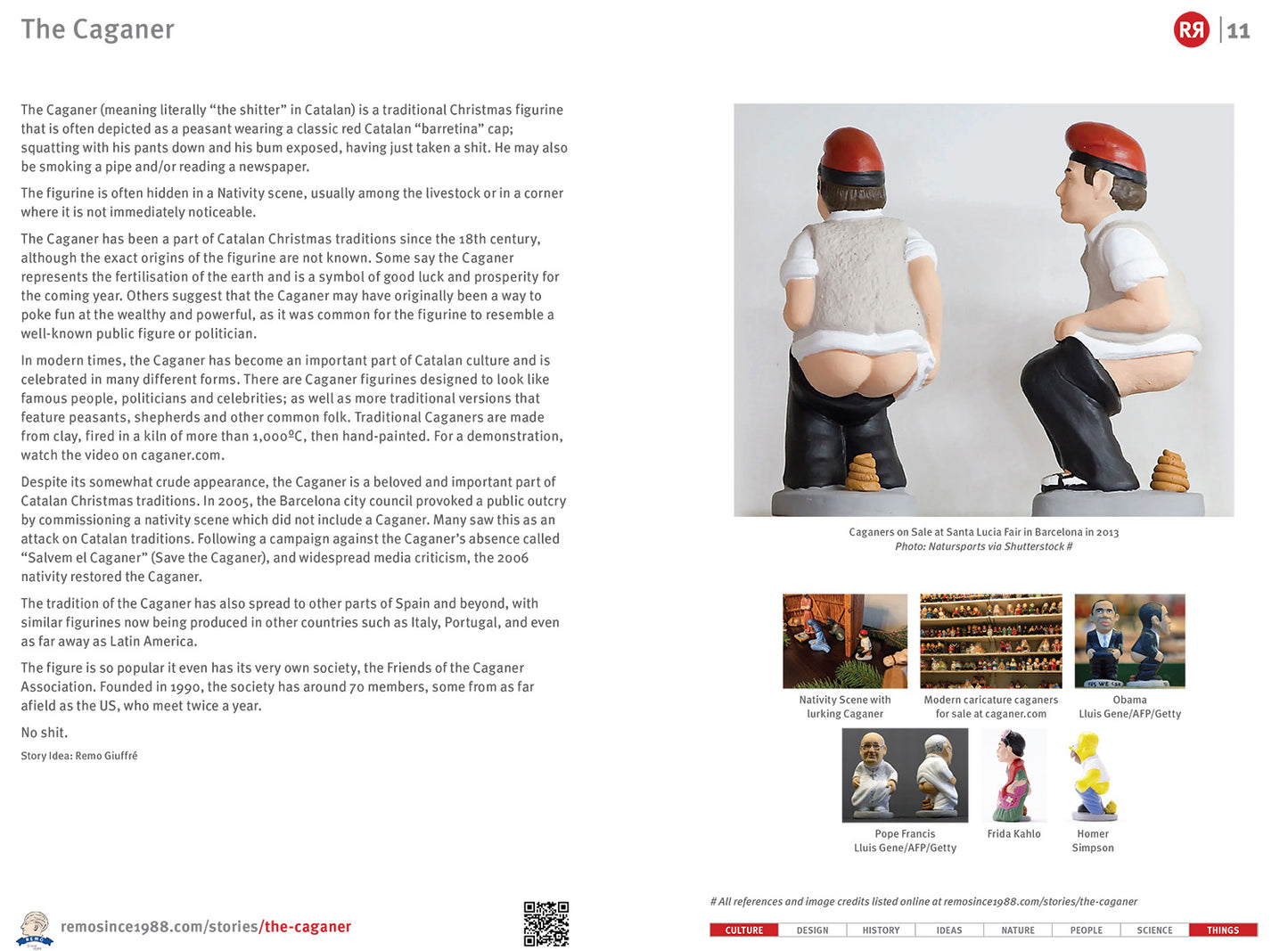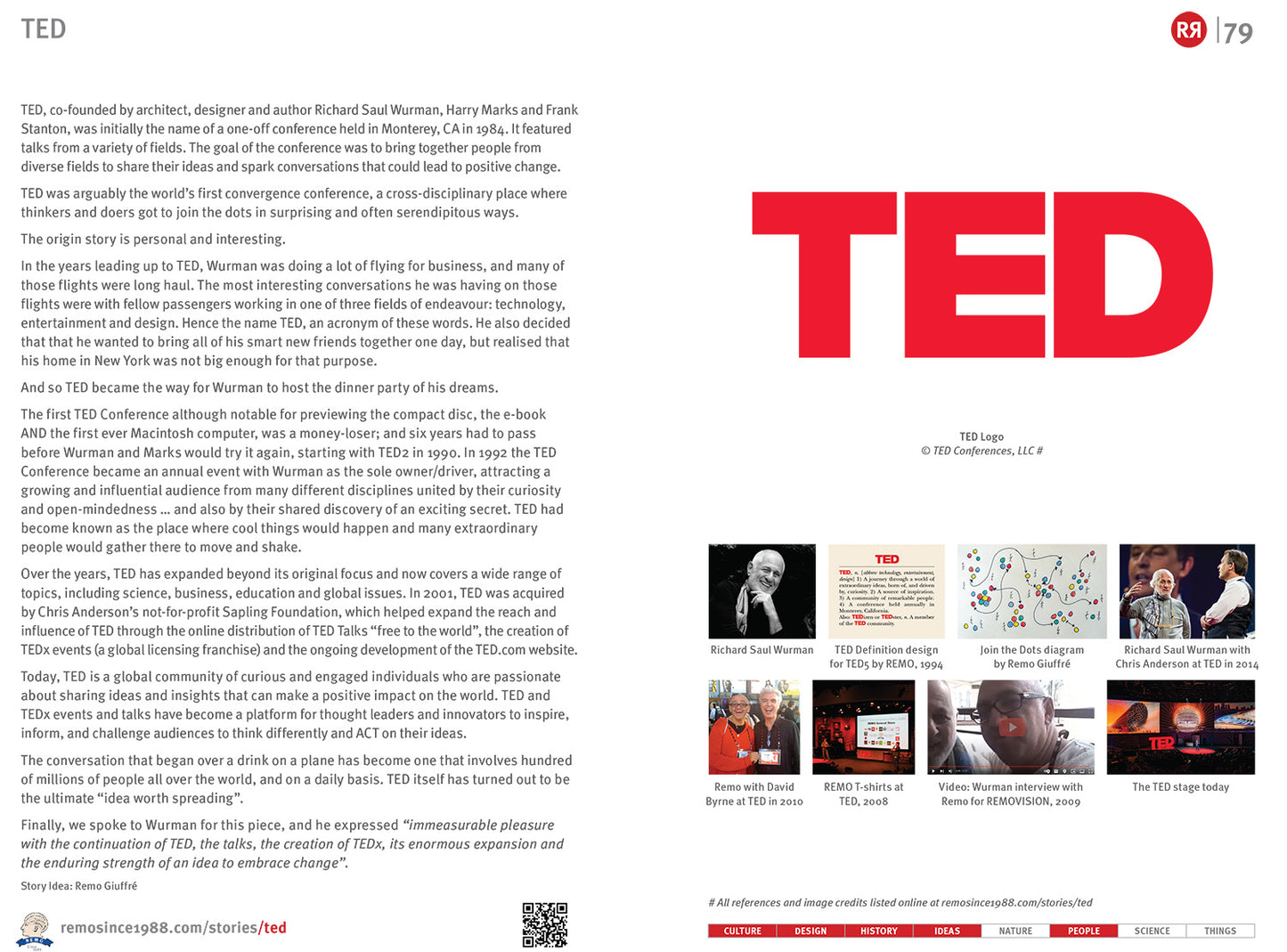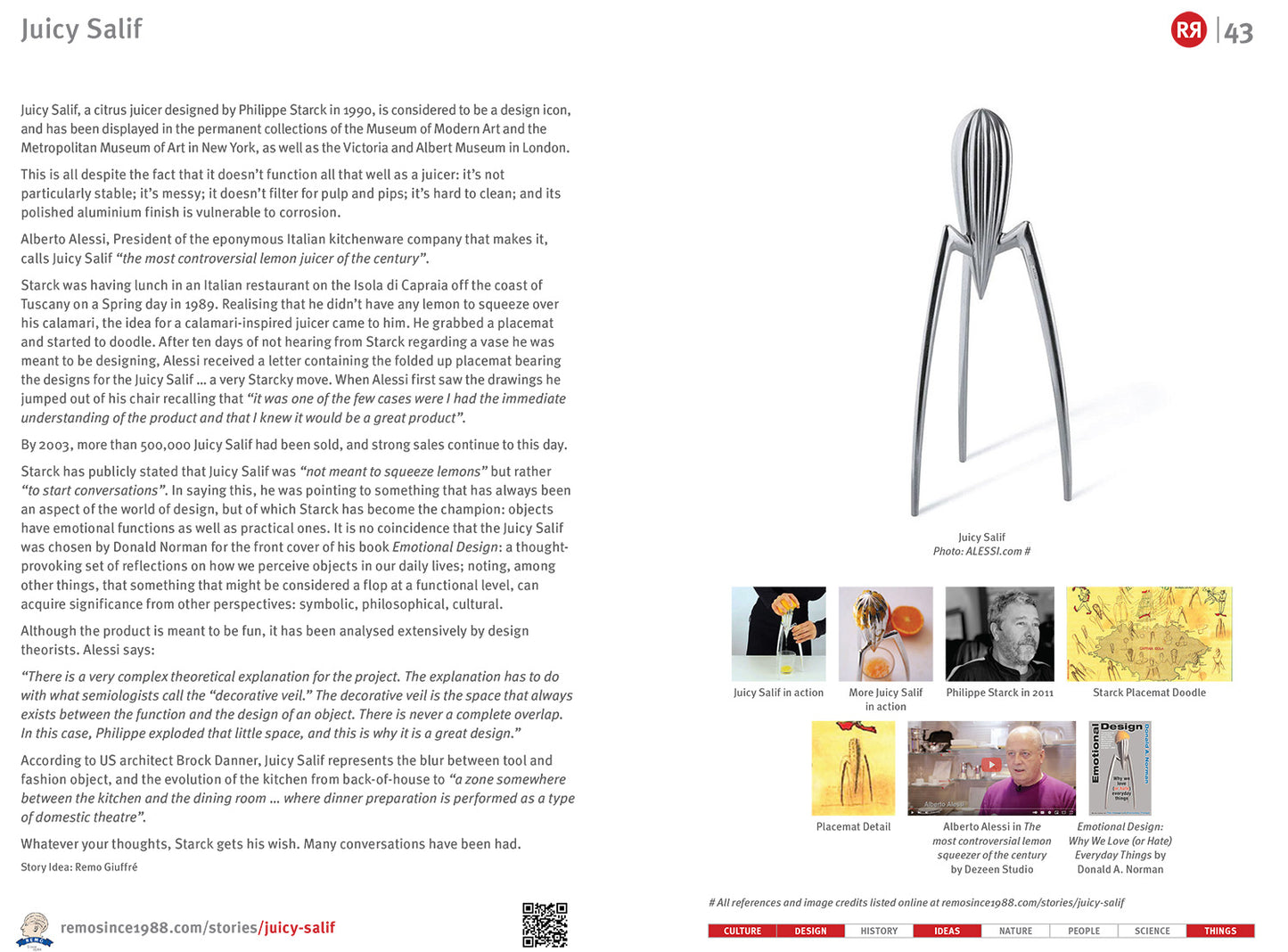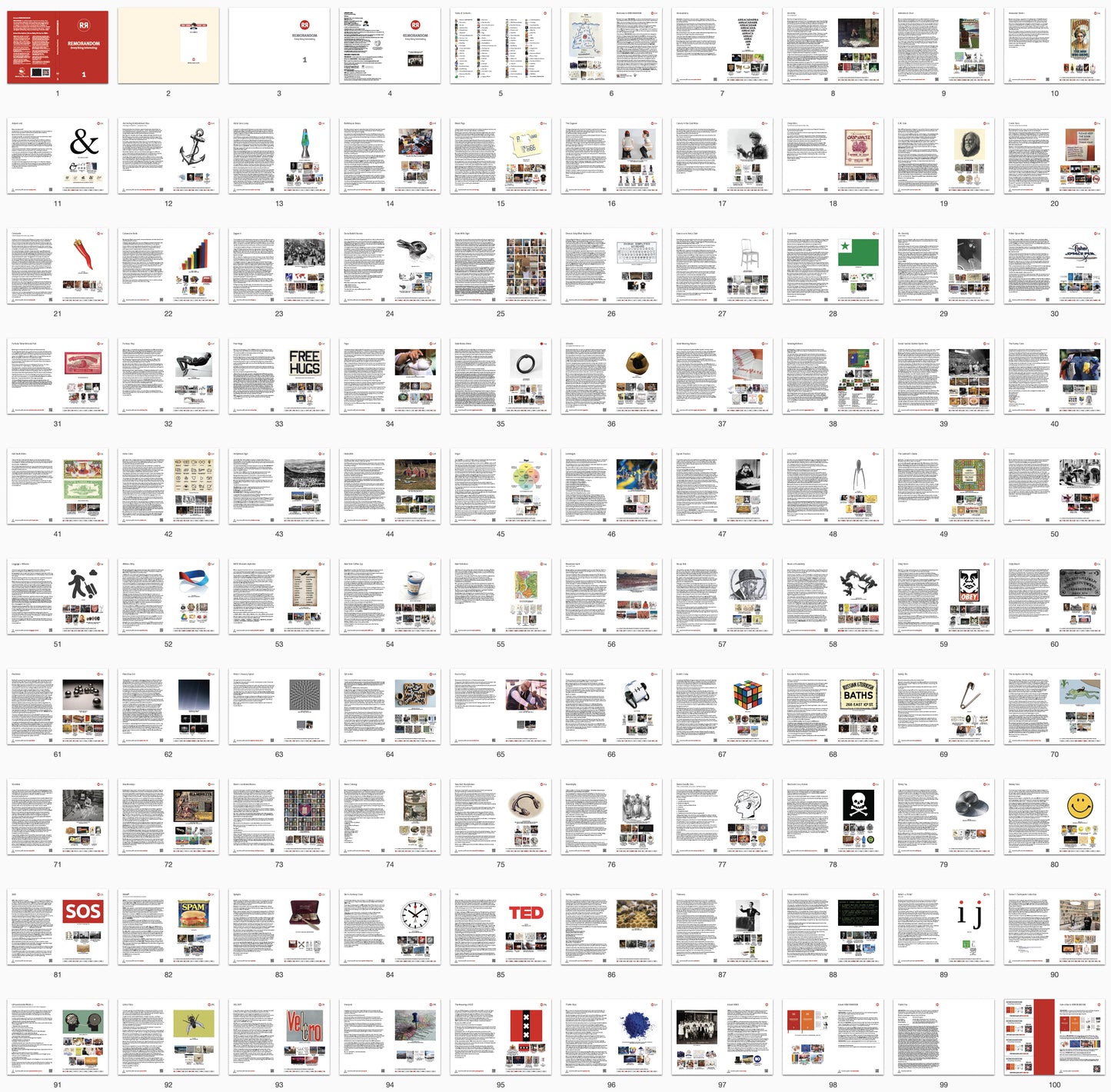The Beaufort Wind Scale is a system for estimating wind speeds based on observable effects on the environment, such as the movement of trees, water surfaces, and the behaviour of smoke. It is named after Sir Francis Beaufort (1774–1857), an Irish Royal Navy officer, hydrographer, and admiral, who developed the scale in 1805 while serving as captain of HMS Woolwich.
Beaufort initially devised the scale to standardise the reporting of wind observations by sailors. His original scale ranged from 0 to 12, with each level corresponding to observable conditions at sea and their corresponding wind speeds. Beaufort based his scale on the amount of sail a fully rigged frigate could carry in various wind conditions.
The pictures tell the story. Having said that, most of us live on the land and not the sea. So some land-based indicators of wind scale are recited in this video, e.g. a Force 6 “strong breeze” will turn an umbrella inside out and Force 8 “gale force winds” will break twigs and small branches off trees and cars begin to veer on the road.
The scale was officially adopted by the Royal Navy in 1838 for use on British ships. This adoption helped in standardising the reporting of wind observations across the fleet, aiding navigation and communication.
Over time, the Beaufort Wind Scale gained international recognition and was adopted by other maritime nations. It became a widely accepted standard for estimating wind speeds based on observed conditions.
Despite advances in technology and the availability of more precise wind measurement tools, the Beaufort Wind Scale remains relevant and widely used, especially in maritime contexts. It provides a simple and intuitive way to estimate wind speeds based on visual observations, which can be valuable in situations where precise wind measurements are not available.
_______________________
Postscript
Hurricane warnings are issued when winds reach 12 on the Beaufort scale. But actual hurricane categories are determined by different factors. A 12 on the Beaufort scale is a Category 1 (lowest level) hurricane, but a 13 on the Beaufort scale is not a Category 2; it's actually much, much stronger.
Story Idea: Nigel Marsh
_______________________
References
wikipedia.org/wiki/Beaufort_scale
wikipedia.org/wiki/Francis_Beaufort
education.nationalgeographic.org/resource/beaufort-scale
Images
1. The powerful wind and rain of a hurricane in Florida pummel a building. A Category 1 hurricane is a 12 on the Beaufort scale, a table that measures the strength of winds. Photo: Otis Imboden for National Geographic
2. Sir Francis Beaufort (1774–1857)
3. Beaufort’s Blue Plaque at 52 Manchester Street, Westminster in London. Photo credit: Nick Harrison via Flickr.
4. Video: "Beaufort Scale Explained" on YouTube by MediaJF99
5 to 17. Beaufort Wind Scale from 0 to 12. Credit: Wikipedia.
